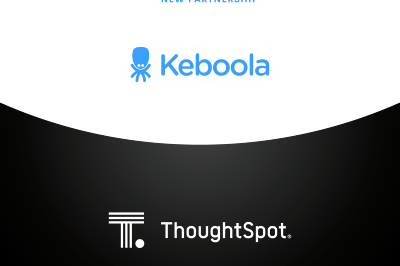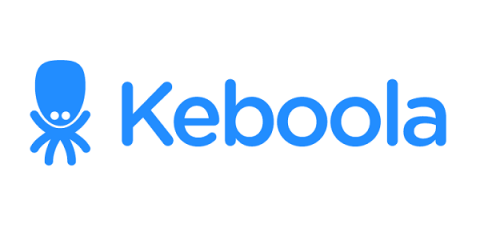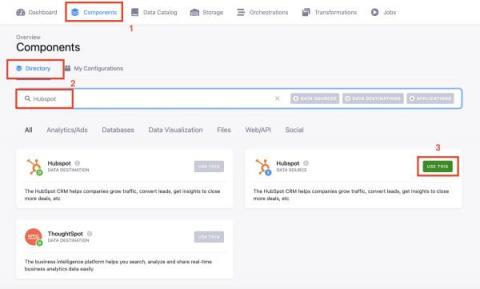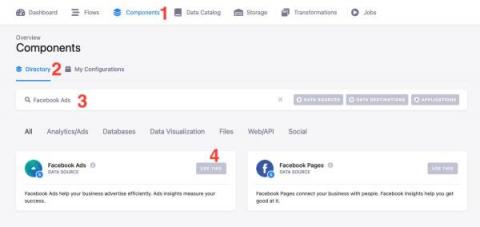Keboola + ThoughtSpot: Go from zero data experience to live analytics in minutes
We’ve got some exciting news! Are you ready? Drum roll, please… We are proud and excited to announce our partnership with ThoughtSpot! You can now design and deploy your end-to-end data stack and analytics in a few clicks. It’s a major shift from how much time and resources it used to take to get from data to insights. This partnership unlocks your data capabilities and supercharges your growth. Keboola gets all your data nice and clean and delivers it to the destination of your choice.











